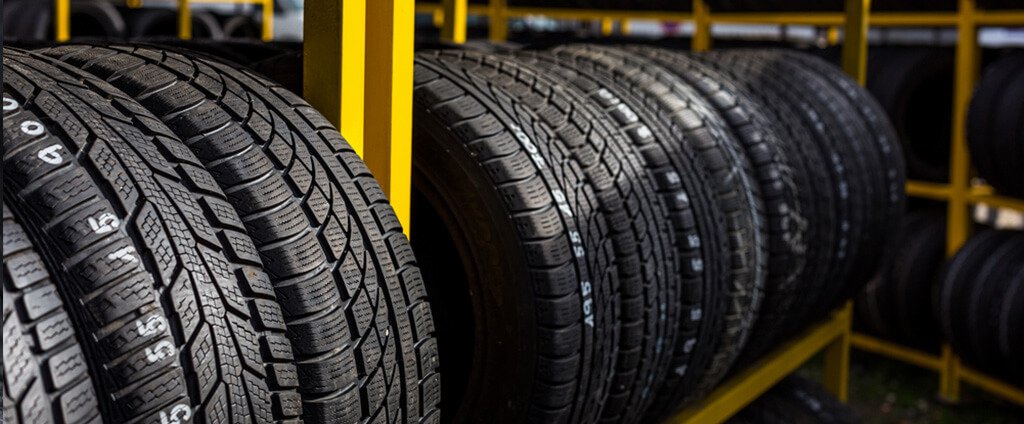
Frequently asked questions
-
There is no universal pressure for all tyres. The proper inflation level depends on your vehicle.
To find the correct pressure for your tyres, check the tyre information placard that’s mounted inside the frame of the driver’s door, in the glove box or inside the fuel door. You can also get that information in your vehicle owner’s manual or from a tyre service professional.
-
Check your tyre pressure once a month and before going on trips.
Tyre pressure should be measured when tyres are cold (when you have driven less than a 1.5km) as the inflation pressure increases when tyres are hot. Remember to check your spare tyre as well.
-
Check your wheel alignment every 10,000 - 15,000km or twice a year, whichever is most often.
This is to ensure that you never get too far out of alignment before it’s adjusted. Wheel alignment is important for safety, maximizing the life of your tyres and helps you save on fuel costs.
-
Every 10,000km, but you might want to rotate them sooner if you see signs of uneven wear.
Rotation is important because each tyre on a car carries a different amount of weight, making them wear at different rates. By rotating them, you even out those differences.
-
Check for uneven tread wear, shallow tread (less than 1.6mm tread depth at any part of the tread face), foreign objects wedged into the tread and damage to the tread or sidewall such as cracks, holes or bulges.
Driving on a damaged tyre can be dangerous, so if you see something you’re not sure about, ask us for a free tyre inspection.
-
The most common cause of steering wheel shake is your wheel balance.
If the shaking happens at around 80 kph, wheel imbalance is likely the source of the problem. The good news, rebalancing wheels is a quick and easy process.
Wheel shaking can also be caused from misaligned wheels.
If you’ve been in an accident, jarred your wheels driving into a curb or pothole, it’s possible that they’ve been knocked out of alignment.
-
A puncture in your tyre can lead to rapid tyre deflation, so it's important to have it inspected as soon as possible to ensure you avoid permanent tyre and wheel damage.
Depending on the area of the tyre where the puncture occurs, will determine if the tyre is repairable. Generally, tyres with punctures in the tread area are repairable.
-
Most run-flat tyres can be driven at 80km/h for 80km.
This means you can navigate to the nearest technician, or somewhere safe to replace the tyre or have the tyre repaired. Run-flat tyres can carry the weight of your vehicle for a short period, despite a partial or total loss of air pressure.